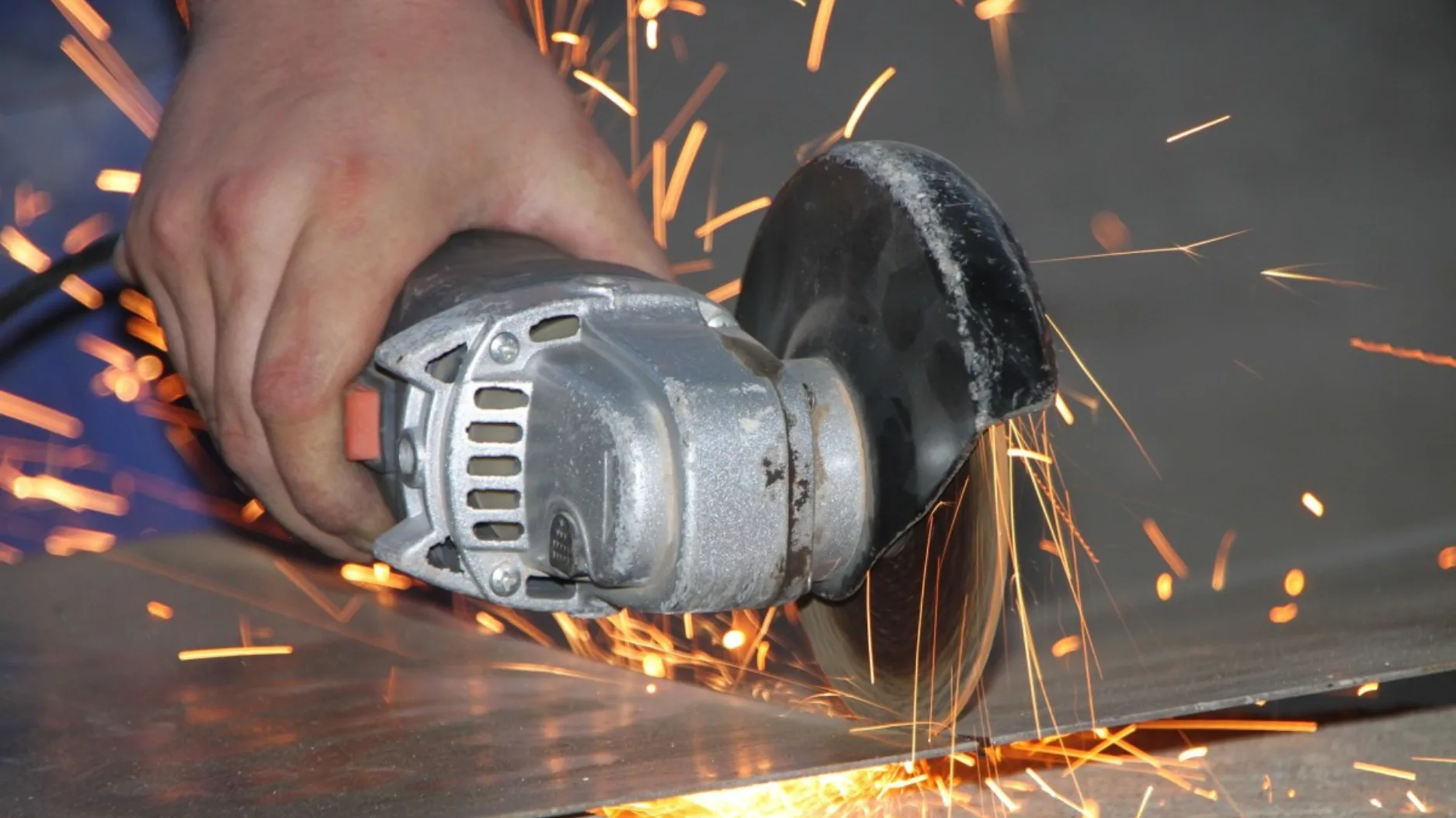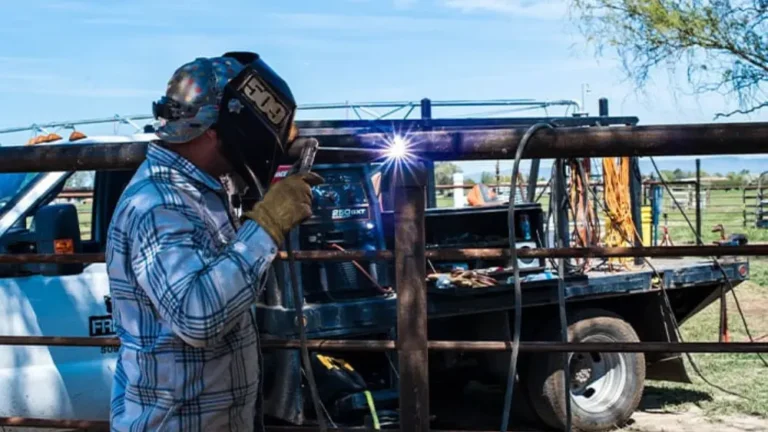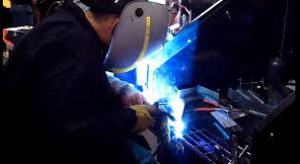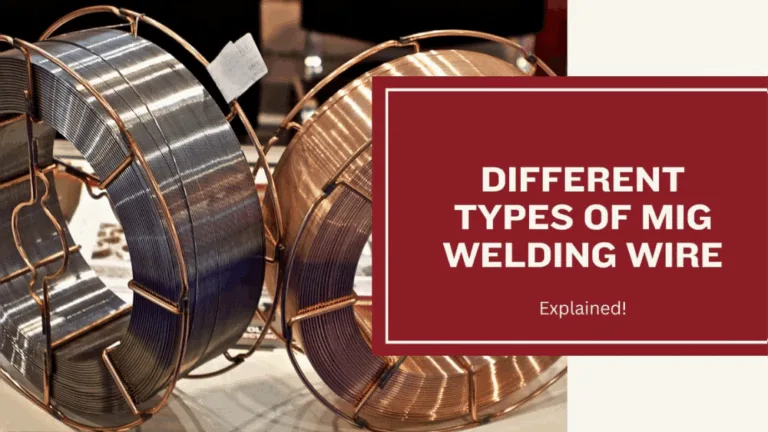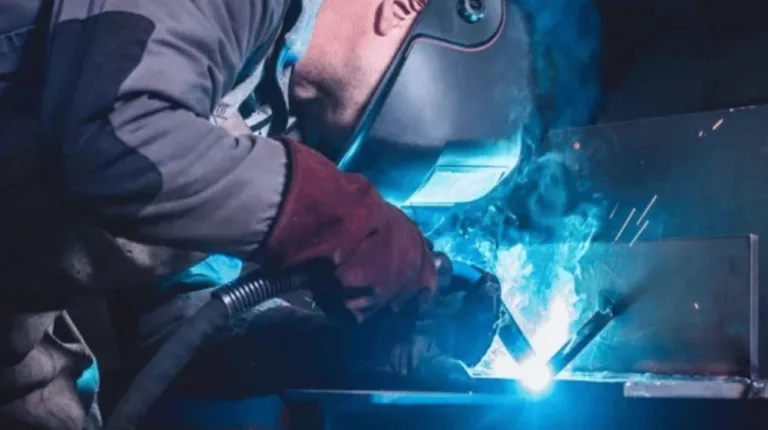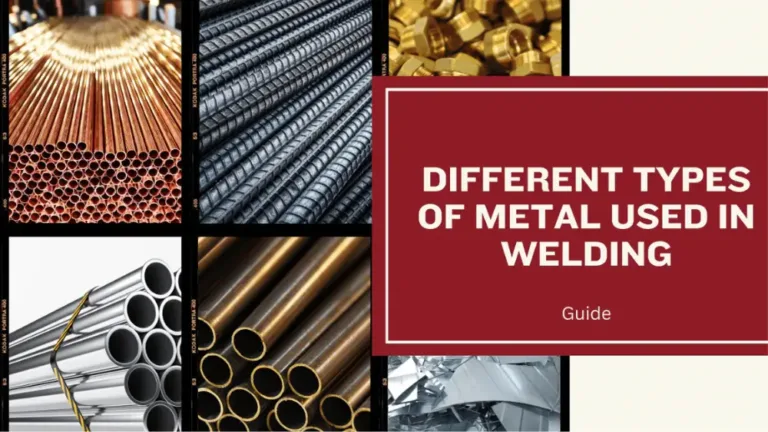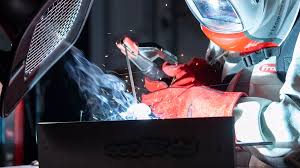“What is the Best Way To Cut Steel Plate” Cutting a steel plate may seem a simple matter, but you’ll find it’s anything but straightforward when you try. The wrong technique will produce rough edges and an awesome waste of good material–or may even ruin your tools altogether. Working in a home workshop or professional shop, the best way to cut steel plate is that which takes the least cuts and produces cleanest results in terms of smoothness. I’ll show you how to carry a few tricks along with your workflow, then everyone can benefit!
In this blog, I will give well-informed advice on the most effective ways to cut steel plate, explain step-by-step the features and individual steps involved in doing so, offer pro tips for perfect results and answer common FAQs about cutting techniques enabling you make up your mind which method suits you best.
Understanding the Different Methods to Cut Steel Plate
Each method of cut has its own features. To choose the best one for your project size and steel thickness, it depends on the required finish.
1. Oxy-Fuel Cutting – Best for Thick Steel Plates!
Oxy-fuel cutting was one way to use a torch and oxygen to cut through steel right up several inches in thickness. It is excellent for heavy industrial work but not ideal with any thin material because it can distort the edges when heated.
2. Plasma Cutting – Clean and Precise for All Thicknesses!
When it comes to cutting conductive metals, plasma cutting does fast, clean cuts that are often needed in production operations like ship building. and it does them even faster and more stably than oxycutting.It’s highly accurate and great for professional workshops that need a smooth finish with minimal grinding afterward.
3. Laser Cutting – Best for Precision and Intricate Shapes!
In laser cutting, a focused beam of light makes smooth but detailed cuts. Some complex shaped work allows for decorative steel to be made elegantly or to high accuracy – however, the machinery is expensive.
4. Angle Grinder – Best for Small DIY Projects!
An angle grinder is a good choice if you are cutting a few steel plates at home. It’s portable and efficient for quick jobs, though it produces sparks and requires steady handling.
5. Bandsaw Cutting – Ideal for Controlled Straight Cuts!
A metal-cutting bandsaw provides excellent control and minimal heat. It is slower than plasma or laser, but leaves little clean-up and can be considered a good place for people to finish their metal plates before welding.
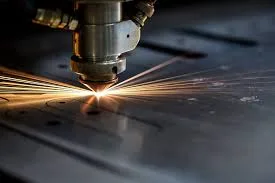
Step-by-Step Guide to Cutting Steel Plate Safely
Cutting steel isn’t just a matter of good knife work. It is a matter of control. Before you start out in earnest, make sure that everything is dominated by safety and precision in case things go wrong. Here is how to chop up your steel paper yet save productive time with every piece you cut!
Step 1: Wear Proper Protective Gear
Don’t forget your safety when it comes to steel. Established sparks and pieces of metal can recoil quickly, and a mere nodding problem may result in serious injury. Here’s an example: gloves are actually quite meaningful when cutting steel plate.
Step 2: Secure the Steel Plate Firmly
If a moving slab of steel is anything but dangerous in its own right, it can ruin your accuracy. Securely clamp the metal to the solid workbench before cutting. Stable platforms mean all attempts at a straight and unwavering motion remain successful ones too, keeping your hands away from that slip that was never expected.
Step 3: Mark a Clear-Cutting Line
Before the first spark, plan your move. Use a metal scribe and straight edge to draw a sharp, visible line where you will make the cut. This tiny step helps maintain accuracy throughout cutting and saves on expensive reworking later.
Step 4: Select the Right Cutting Tool
Every cutting tool may not be acceptable for all tasks. A plasma cutter offers clean, precise edges on thin steel plate. Oxy-fuel gas welding is the choice for cutting thick plate while an angle grinder is ideal when you want fast, simple cuts. What do you choose? Your finish can hang on that.
Step 5: Cut Slowly and Steadily
Let the tool proceed at its own step. Don’t try to make it go too fast all of a sudden, because then there’s danger in store: torn edges, spitting red-hot metal and burn up. A cautious hand always keeps things clean, neat, and professional.
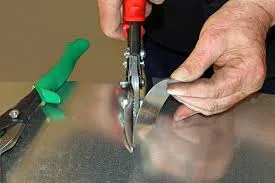
Pro Tips to Get Perfect Cuts Every Time
The way to get a clean and professional cut is not only to have the right tool but also to use it correctly. Errors as small as dull blades, poor angles, or safety omissions can ruin just about any good job. Here are a few simple but effective tips from professional on how to make almost hard-to clear enough accuracy and results that were smooth.
1. Keep Your Tools Sharp and Clean
For cutting steel, your cutting tools are your best friends. Keep a sharp and well-maintained blade or nozzle can get precise cutting results without friction, rough edges, heat affected zone.He clean the tool in addition to improving the speed of cutting and extending the service life.
2. Avoid Overheating the Steel
A steel plate that is too hot can easily warp under load and ruin your work. Take short rests between cuts to let the steel cool down naturally. This avoids discoloring due to heat, keeping the surface flat and maintaining its strength.
3. Double-Check Your Measurements
A perfect cut always starts with perfect planning. Measure twice, cut once-the old saying holds true for every workshop. Checking your marks so that when it’s all done, you can fit its final form exactly where it belongs; after all that work that would be a great shame.
4. Smooth the Edges After Cutting
If you steel is cut, don’t forget to finish the job right. Use a file, grinder or sanding disc to remove any burrs and sharp edges.This not only gives your project a more professional appearance, but prevents injury too.
5. Never Cut Without Proper Ventilation
When you cut steel, small particles or gas are given off. Before work, change the oil so that you have good ventilation and can get clean air through your machinery as well; wear a mask or respirator if necessary for further protection of your lungs.
Final Thoughts
How you cut a steel plate is actually determined by what you want. Precision work is best done with plasma or laser cutters. For heavy cutting, oxy-fuel torches are the best choice. And for weekend warriors at home, an angle grinder with discs or a bandsaw does a real fine job on small things too. But whatever you pick remember the safety rules and take your time clean cuts make every steel project stronger and more professional.
FAQ’s
Q1. Which tool cuts steel plates the cleanest?
If you are looking for clean and precise cuts, high-tech metal fabricators will recommend opting to cut with a laser, especially for detailed shapes.
Q2. Will an angle grinder work on a steel plate?
Yes, but it’s best for small or thin plates. Always use a cutting disc designed for metal.
Q3. What is the safest way to cut thick steel?
Oxy-fuel cutting is safest for heavy plates: it will onl will if you have all necessary protection and follow all prescribed safety measures.
Q4. How can I stop the steel from warping while I cut it?
When making thin plate cuts, slow down your speed and keep the piece cool. If possible, don’t do continuous cutting in the same direction.
Q5. What is the most cost-effective method for cutting steel?
Plasma cutting achieves the right balance between price, speed, and quality in many machine shops.

